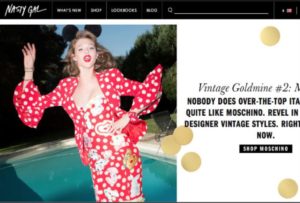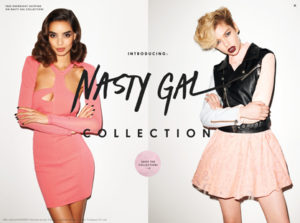Last week, my blog post was about digesting the rollercoaster that was the week of Emerging Professionals Program (hosted by CP&R over winter break). I focused on the necessity of self-knowledge in one’s professional journey. This week, I will focus on something a little more tangible: the skill of writing a great cover letter. In our workshop, we were given a helpful checklist of things to have in every cover letter, and things to avoid. Needless to say, this list has become a lifesaver (and is currently laminated and stuck to my wall above my desk…). Overall, I found this checklist to be incredibly helpful
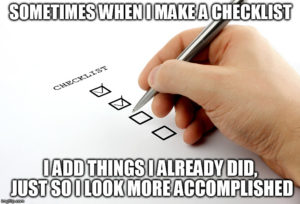 because there are so many little mistakes to be made when writing an application, and going over these minute aspects can make or break your application. So, in this blog post, I will highlight certain features of this checklist that I found to be most useful.
because there are so many little mistakes to be made when writing an application, and going over these minute aspects can make or break your application. So, in this blog post, I will highlight certain features of this checklist that I found to be most useful.
First off, easily avoided, yet commonplace mistakes are often made in relation to formatting and layout. Some items to check in your cover letter are as follows: that your font matches your resume in style and size, your margins are between ½ and 1 ¼ inches, your letter does not exceed one page and your text is single spaced with double spacing between paragraphs. Although formatting errors may be not the most decisive deal breaker, first impressions are everything – so appearance of your resume and cover letter do hold a lot of weight.
Next comes content. Moving from head to toe of your cover letter, at the top should be your contact information, large and easy to read (also matching your resume). The header for your letter should contain the date you will submit the application, the contact’s name, title, address and a greeting (Preferably not “To whom it may concern. Try to find the name of the person who will be reading your application! Call the office if you need to. This demonstrates you are invested and doing your homework.)
The body of your letter should generally follow this format:
Introduction Paragraph:
In this paragraph, there should be three main things. Firstly, you should mention the name of the position (exact job number if applicable) and how you found out about this position (especially if you found out about it through someone who works at the organization!) Next, make this section personal. This ties in with the third tip: make your interest in the company and enthusiasm for that specific position known. This could be the part where you get personal. Either way, it is important that your knowledge of the company and enthusiasm for that specific job shines through here.
Body Paragraph (1 or 2):
In these paragraphs, your intention is to elaborate on specific experiences in your resume that granted you certain skills. Your job is to successfully narrate how these skills are perfect for the job at hand. Here, make sure you don’t simply repeat exact sentences from your resume, as it is a time to expand on what is already written there. Make sure to mention specific skills the job application might name, and elaborate on how you can apply these specific skills in that professional setting.
Conclusion:
The conclusion paragraph wraps up your cover letter by re-stating your desire to work at that company/enthusiasm for that specific position, and a great sentence on how you can directly contribute there. Important-make you say thank you in this concluding section!
The very last thing on your resume should be your signature, which follows the conclusion by 3-4 spaces, and then your full name. (Enclosure may be noted two spaces further down if your resume is attached).
Overall, small mistakes that are totally avoidable, and if not taken the time to look over, can hurt you in the long run. Grammar or spelling errors, and messy formatting when submitting, or not saying thank you are red flags. To avoid these, spell-check everything twice and transfer your document into pdf format.


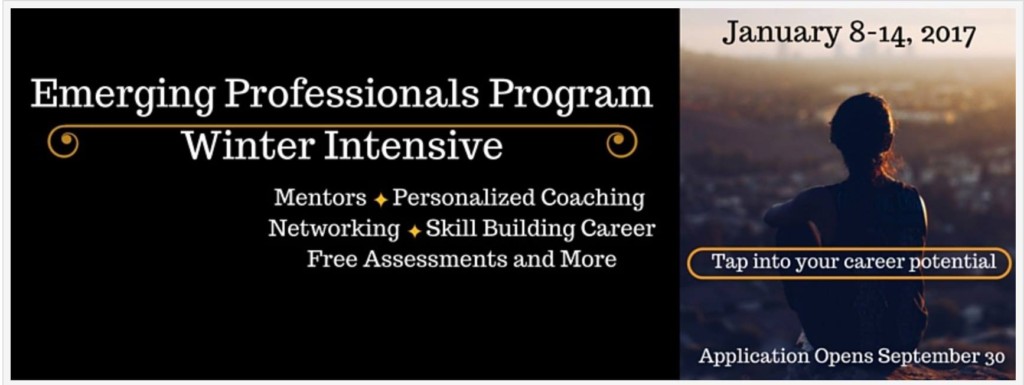
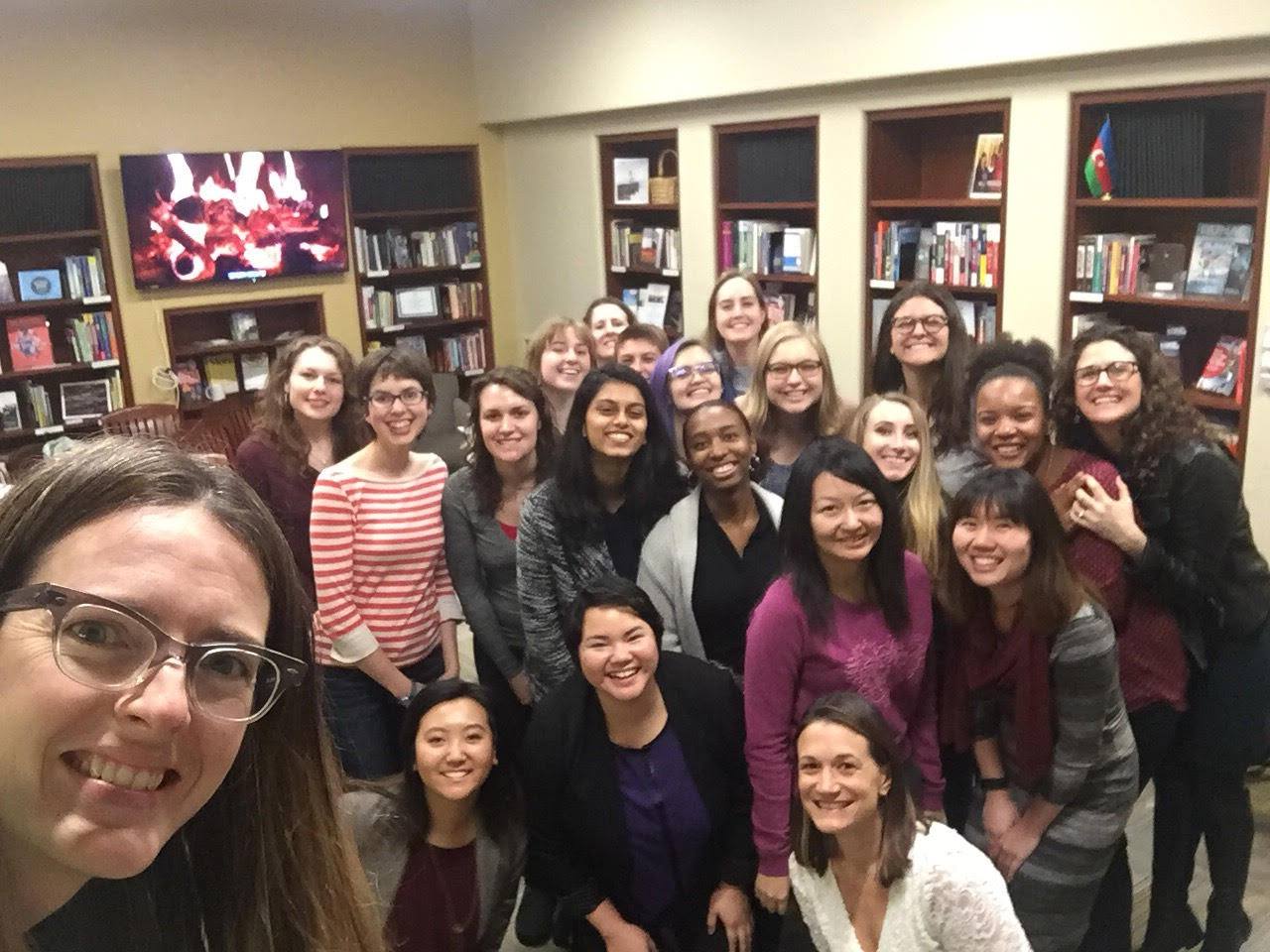
 and overwhelmed. Personally, when I am faced with such troubling circumstances, I shut down. Meaning, I become easily annoyed, angry, and bad tempered. As you can imagine, coming abroad to a foreign country might have these effects on a person, especially when
and overwhelmed. Personally, when I am faced with such troubling circumstances, I shut down. Meaning, I become easily annoyed, angry, and bad tempered. As you can imagine, coming abroad to a foreign country might have these effects on a person, especially when
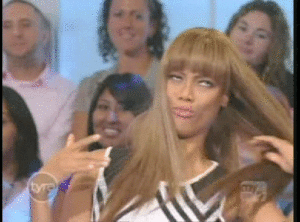
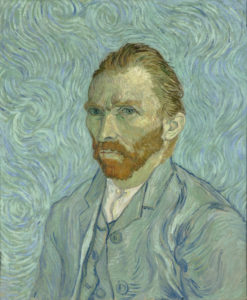


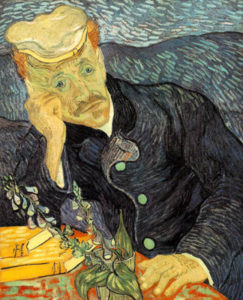
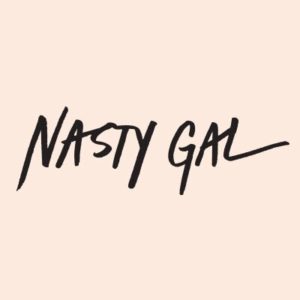 brand, Nasty Gal. I was intrigued by her past and her decision to move to Nasty Gal as she had previously worked for Gymboree, also managing the merchandising and marketing departments.
brand, Nasty Gal. I was intrigued by her past and her decision to move to Nasty Gal as she had previously worked for Gymboree, also managing the merchandising and marketing departments.